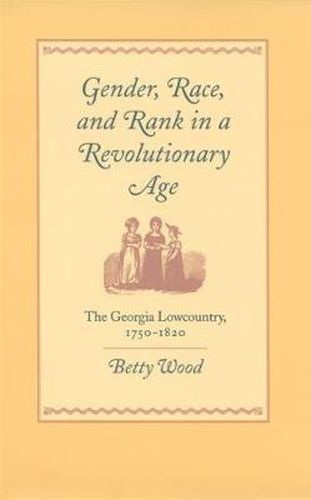Readings Newsletter
Become a Readings Member to make your shopping experience even easier.
Sign in or sign up for free!
You’re not far away from qualifying for FREE standard shipping within Australia
You’ve qualified for FREE standard shipping within Australia
The cart is loading…






This definitive work thoroughly explores, for the first time, the often complicated ways in which ethnicity and social rank interacted to determine the relationships that were forged among four categories of women in the Revolutionary and early National Lowcountry. Betty Wood analyzes the experiences of enslaved African and African American women, free women of color, elite women of European ancestry, and underclass women of European descent.
Studying interactions between female slaves and free women of color, between plantation mistresses and their female slaves, and between the members of a ladies charitable society and the young women who received their help, Wood brings their diverse worlds to life, including colorful details of their work, religious practices, and even the hidden agendas in their social circles. She offers evidence of extensive family, racial, and social barriers to their awareness and development of a shared identity as women and concludes that although the boundaries between these groups were sometimes permeable, ties of gender seldom superseded considerations of social rank and ethnicity.
$9.00 standard shipping within Australia
FREE standard shipping within Australia for orders over $100.00
Express & International shipping calculated at checkout
This definitive work thoroughly explores, for the first time, the often complicated ways in which ethnicity and social rank interacted to determine the relationships that were forged among four categories of women in the Revolutionary and early National Lowcountry. Betty Wood analyzes the experiences of enslaved African and African American women, free women of color, elite women of European ancestry, and underclass women of European descent.
Studying interactions between female slaves and free women of color, between plantation mistresses and their female slaves, and between the members of a ladies charitable society and the young women who received their help, Wood brings their diverse worlds to life, including colorful details of their work, religious practices, and even the hidden agendas in their social circles. She offers evidence of extensive family, racial, and social barriers to their awareness and development of a shared identity as women and concludes that although the boundaries between these groups were sometimes permeable, ties of gender seldom superseded considerations of social rank and ethnicity.